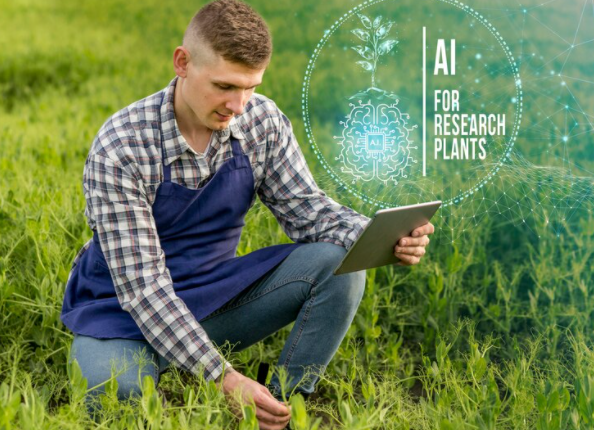In the modern battle against environmental degradation, Artificial Intelligence (AI) emerges as a potent ally, offering innovative tools to safeguard our planet. This blog post delves into the transformative impact of AI on environmental conservation, showcasing how this cutting-edge technology is being utilized to protect ecosystems, conserve wildlife, and combat pollution.
Revolutionizing Environmental Conservation with AI
AI’s capacity to analyze complex data sets and uncover patterns invisible to the human eye positions it as a crucial technology in the fight for environmental preservation. From monitoring biodiversity to optimizing resource use, AI’s applications in conservation are both diverse and impactful.
- Ecosystem Monitoring and Restoration: AI algorithms, when combined with satellite imagery and drone technology, provide a powerful tool for monitoring ecosystem health and changes. This data is crucial for restoration projects, allowing for targeted reforestation and habitat protection efforts that can bring degraded landscapes back to life.
- Wildlife Protection: AI-driven surveillance systems can detect poachers in real-time, significantly enhancing the protection of endangered species. Machine learning models are also being used to analyze camera trap images, automating the identification and monitoring of wildlife populations across vast areas.
- Pollution Detection and Reduction: AI is instrumental in monitoring environmental pollution, from air quality sensors that provide real-time data on urban air pollution to algorithms that identify plastic waste in oceans. This information enables targeted actions to reduce pollution sources and clean up affected areas.
- Sustainable Agriculture: Precision agriculture powered by AI optimizes the use of water, fertilizers, and pesticides, reducing environmental impact while maximizing crop yields. AI models predict crop health and growth, enabling farmers to make informed decisions that support sustainable practices.
- Energy Efficiency: AI optimizes energy consumption across industries, from smart grids that balance electricity supply and demand to AI-driven building management systems that reduce energy waste. This not only cuts down on greenhouse gas emissions but also paves the way for a more sustainable energy future.
The Impact of AI on Conservation Efforts
The deployment of AI for environment conservation brings about significant benefits:
- Enhanced Biodiversity: By monitoring and protecting ecosystems, AI helps preserve biodiversity, ensuring the survival of species and the health of our planet.
- Reduced Environmental Footprint: AI’s role in optimizing resource use and improving energy efficiency leads to a reduced environmental footprint for industries and societies.
- Data-Driven Decision Making: The vast amounts of data processed by AI provide invaluable insights for policymakers, enabling informed decisions that promote environmental sustainability.
Navigating Challenges
While AI offers promising solutions for environmental conservation, its implementation is not without challenges. Issues such as data privacy, the environmental impact of training large AI models, and the need for interdisciplinary collaboration between technologists and environmental scientists must be addressed to fully realize AI’s potential for positive impact.
Conclusion
AI for the environment represents a beacon of hope in the quest to conserve our natural world. By leveraging AI’s capabilities, we can enhance our understanding of ecosystems, protect endangered species, and tackle pollution more effectively than ever before. As we continue to explore the synergy between AI and environmental conservation, it’s clear that this technology holds the key to unlocking a more sustainable future for our planet. The journey ahead requires careful navigation, but with AI as a tool, we are better equipped to face the challenges of environmental degradation and work towards a greener, more resilient world.
more best post
NITG: At the Forefront of the AI Quantitative Technology Revolution





